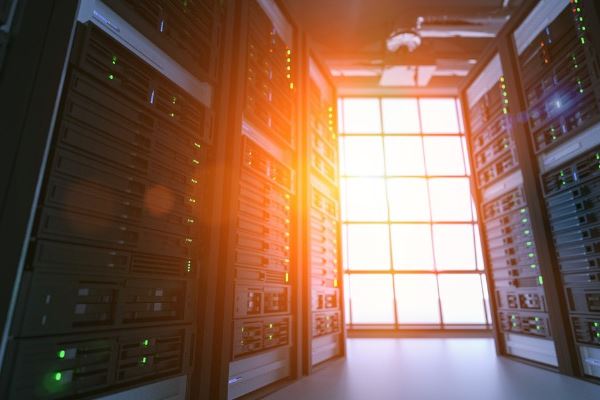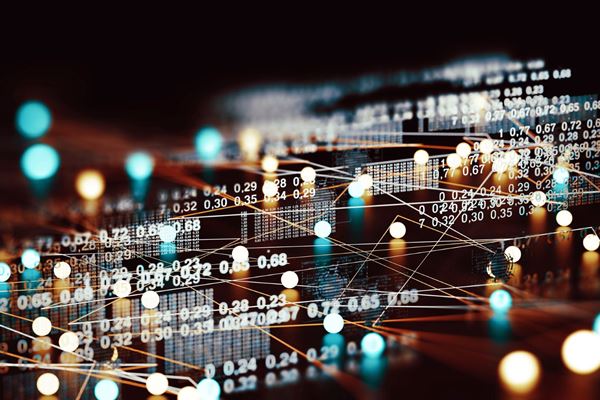Never Say Never: The Benefits of Video Data Recovery for Claim and Legal Professionals

The rise in popularity of security cameras on residential and commercial properties has led to a proliferation of video footage and other data. Fueled by their low cost and easy installation, along with smart-phone enabled remote monitoring technologies, the home security system market is anticipated to be near $55 billion USD by 2026. With these systems now being ubiquitous, the data recorded by security cameras on private and public properties will inevitably grow to play a key role in providing integral evidence following vandalism, arson, and other criminal acts. In this blog, we discuss how these technologies can aid insurance claims and legal professionals when handling complex criminal or liability claims.
The recovery of data stored on various technologies, such as Digital Video Recorders (DVRs) or Network Video Recorders (NVRs), can be the difference between proving if a slip and fall occurred, where a fire started, how it was started, or what caused a structural collapse. Footage prior to the claimed event can also assist with providing what was located onsite or confirming contents in the impacted areas. Additionally, despite damage frequently occurring to the cameras and recording equipment itself, data can often be recovered to provide crucial evidence to support a claim or case.
Utilizing Video Data Recovery in Claim Investigations
Although many assume that all video footage is recorded in a readable format, there are a few key points to understand that may pose challenges when attempting to use this data in a claim investigation. First, it is important to know that video surveillance equipment does not have unlimited capacity, and when the storage is full, the data overwrites itself by default. This means that time is of the essence and it is important to obtain all video evidence quickly and preserve it for extraction.
In addition, raw video data is in a proprietary format which often requires specialized decoding, called a CODEC, so that the information is readable and understandable. A CODEC, which is short for coder-decoder (think of it as a digital Rosetta Stone), translates the raw data into a format readable and understandable by a host computer. Without the CODEC or working recording equipment, the data will not be viewable. Add to that the possibility that data is encrypted and the equipment or a key is needed to decrypt the data. In these situations, it is important to partner with experts who are experienced with recovering critical data and converting it into a usable format.
Why is conversion needed and why do you need an expert?
The proprietary format used by recording devices can make the data images that comprise a "video" only viewable by using specific software, typically video player software provided by the manufacturer. Other generic video software may not play the data at all, return errors that need to be resolved, or the software may open the initial image file but not play any video. Without data conversion, the video quality and one's ability to review footage will be extremely restricted.
For claim and legal professionals involved in investigations where data plays a critical role, having properly recovered and converted video footage can greatly aid in providing the cause of an event, establish a non-biased timeline, and afford supporting evidence to what occurred. The data can verify statements, confirm contents prior to the event, and often show what caused the loss or transpired that led up to the event.
Damaged Digital Video Recorder Devices
Depending on the type of incident that may have occurred, the recording equipment may be visibly damaged and thought to be unrecoverable. For example, following fires or extreme vandalism, if cameras are damaged but the data is stored elsewhere, or the recording devices are retrievable, experienced video forensic experts can assist with locating the equipment and making the determination if data recovery is possible. Obtaining data from a damaged recording device may require equipment restoration, obtaining an exemplar recording device to transplant the storage media into, or adapting to the situation to retrieve the data.
Photographic examples of systems with recoverable data:
 |
 |
 |
Photographic examples of systems with unrecoverable data:
 |
 |
Digital Video Enhancement Requirements
Sometimes, in addition to recovery and converting data, video evidence requires enhancement to provide the necessary answers. Not all video or photo evidence can be enhanced and as a general rule, the higher the resolution of the raw data, the better the end result. Resolution is a measurement of the output quality of an image, usually in terms of pixels, dots, or lines per inch. Most commonly, this is expressed in Dots Per Inch (DPI) or Pixels Per Inch (PPI). As an example, the below images are represented in DPI. While it is possible to view the image on the right and know it is a butterfly is, the image on the left is far clearer and definitive. In the examples below, the 72 DPI image will never be able to be enhanced to look like the 350 DPI image!
 |
 |
| 350 DPI with no enhancement | 72 DPI with no enhancement |
Below, these same images have been enhanced by software that has sharpened them by 500% at a 12-pixel radius, resulting in a cleaner, easier to discern image.
 |
 |
| 350 DPI with enhancement | 72 DPI with enhancement |
Utilizing Video Data Recovery
The best way to understand the value of utilizing video data recovery is to walk through a common claim scenario. Using a commercial fire loss as an example, you will often have expert fire cause and origin investigators arrive at the scene shortly after law enforcement opens the scene. In their initial scan of the evidence, the fire investigation team notices a smoke-damaged DVR and power cord. The evidence is tagged and retained for further analysis, with the DVR and Hard Disk Drive (HDD) being stabilized. Because the video footage was quickly flagged as evidence, video forensic experts were able to access the data and extract the footage. Further, as the data was not in a viewable format, conversion was necessary.
Another situation where video evidence can be extremely valuable is when looking to gain insights into suspicious fires or events. Take for example a small fire in a physician's office where an employee is suspected of arson. Forensic fire investigation staff conduct their investigation and locate a fire-damaged DVR containing surveillance footage. Following professional decontamination and restoration to stabilize the HDD, including sourcing an exemplar DVR to install the HDD into, expert video forensics professionals were able to access data on the drive and extract the footage. Still shots taken from the video show an individual, the suspected employee, entering prior to the time the fire was initially observed. Key features of the suspect were provided, verifying identity, and video of the suspect's activities onsite at the location and time of departure was provided on portable media, directly aligning with the timeline of the fire.
In summary, video footage is widely available today due to the popularity of low-cost, mobile-friendly security monitoring systems. This data, while extremely valuable to claim and legal professionals must be properly and promptly handled by skilled forensic data recovery experts. Even if there is visible damage to the equipment, expert data analysts can recover and preserve the data.
Nuestros consultores están listos para ayudar.






